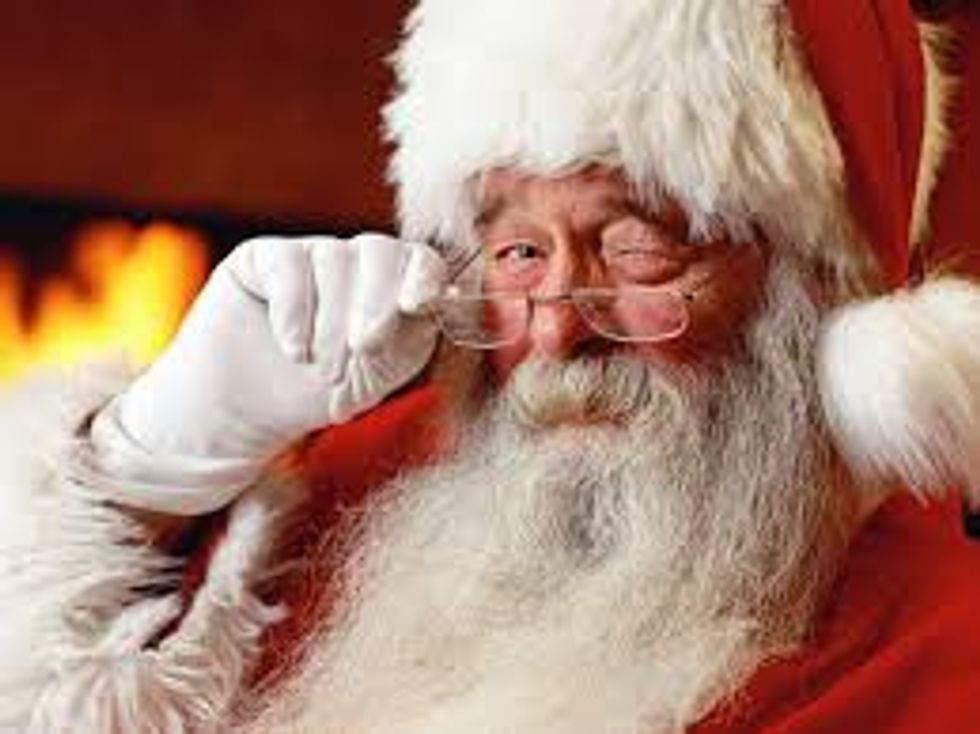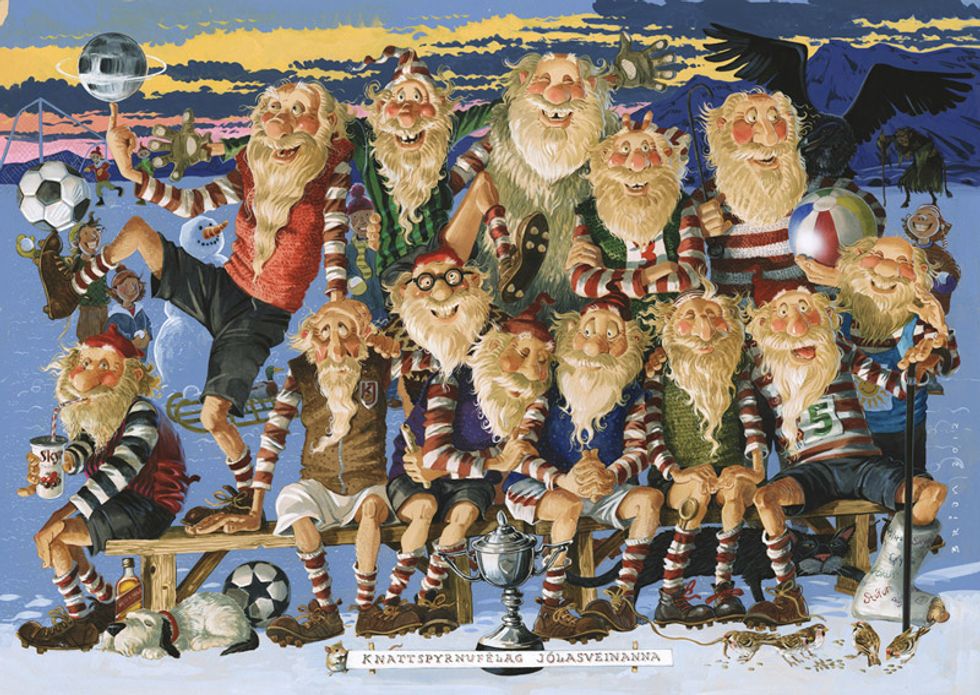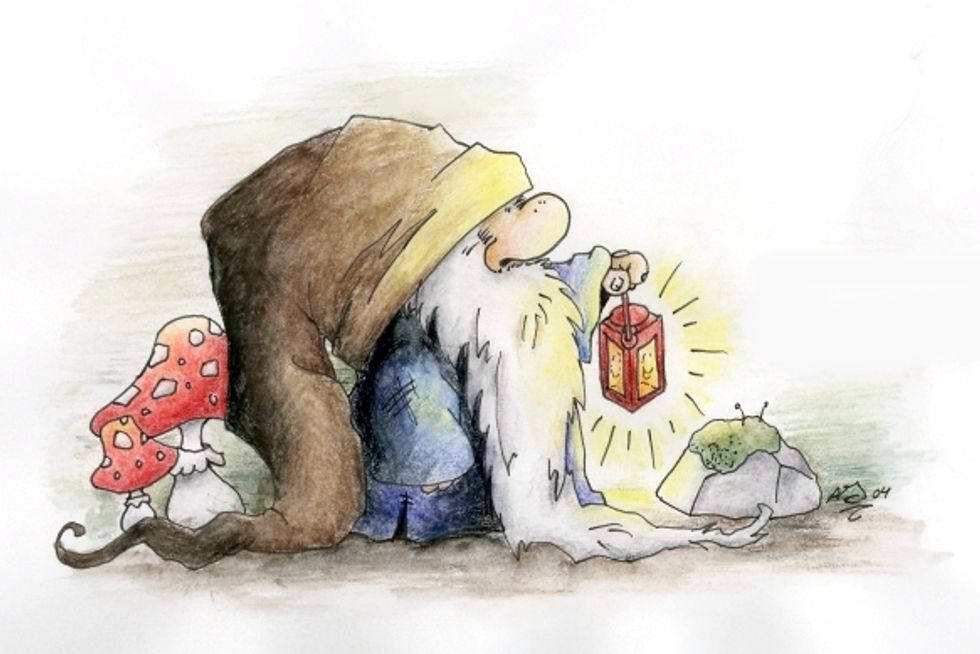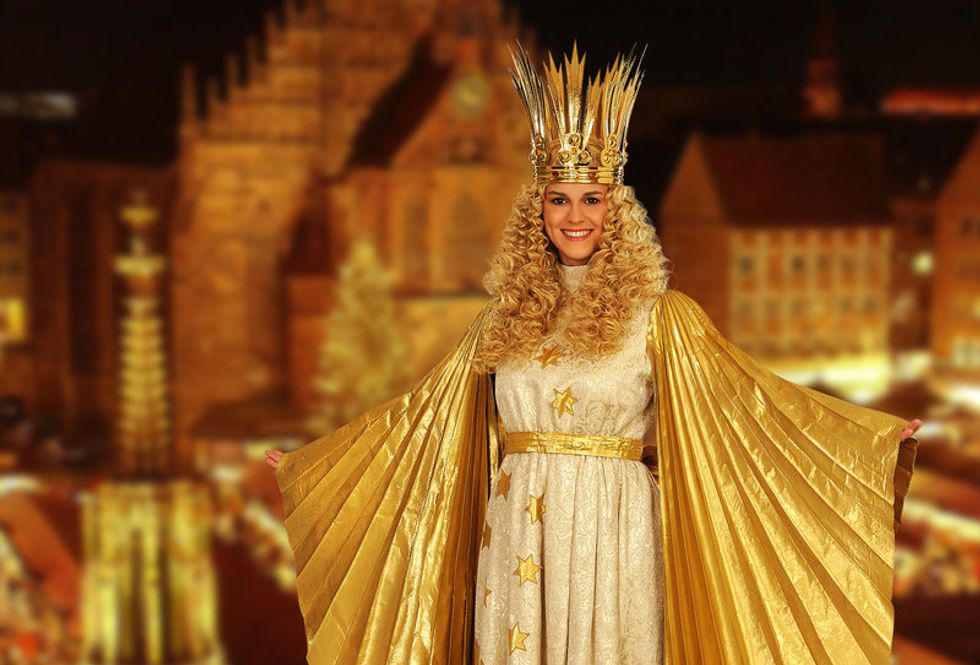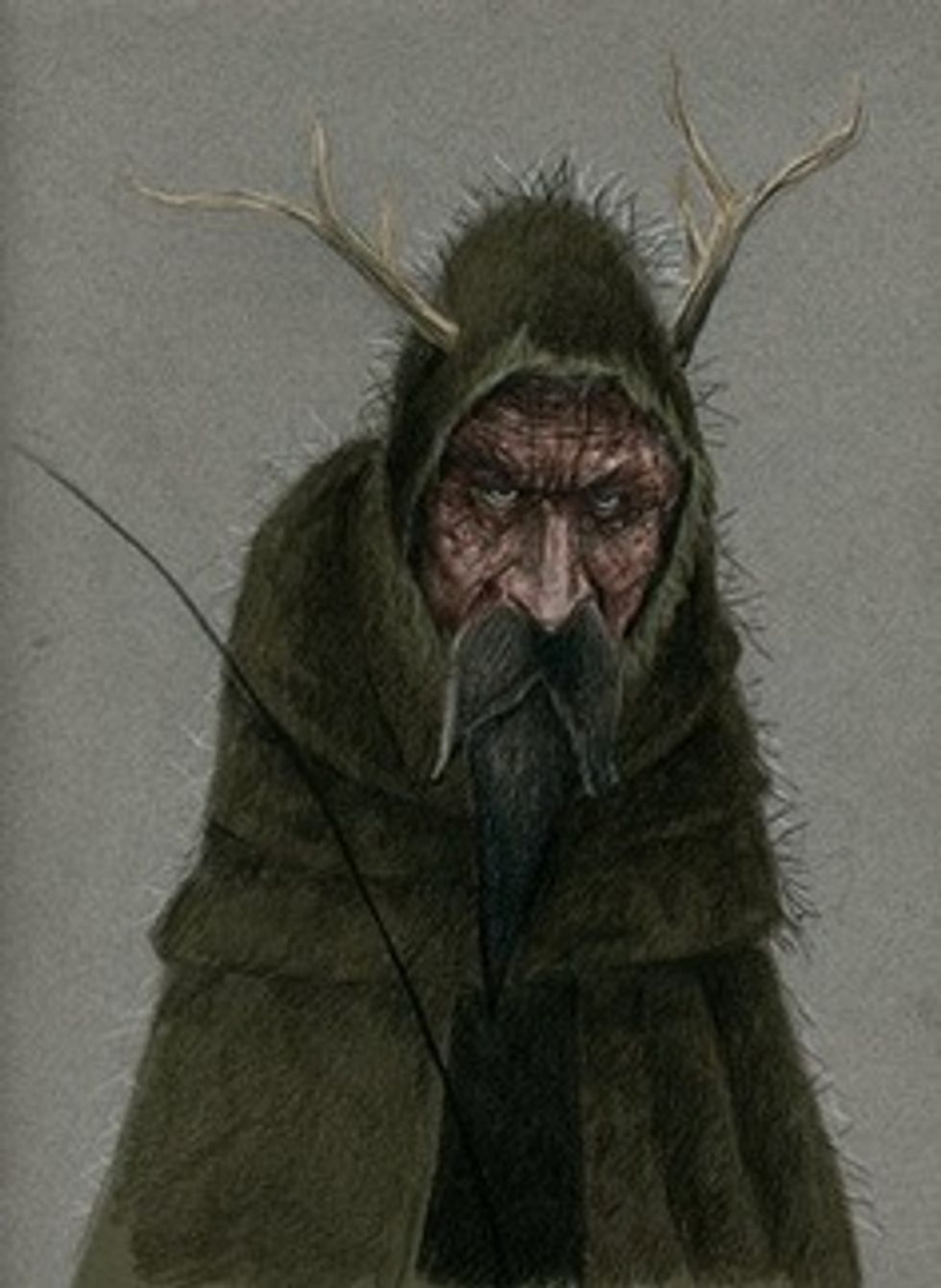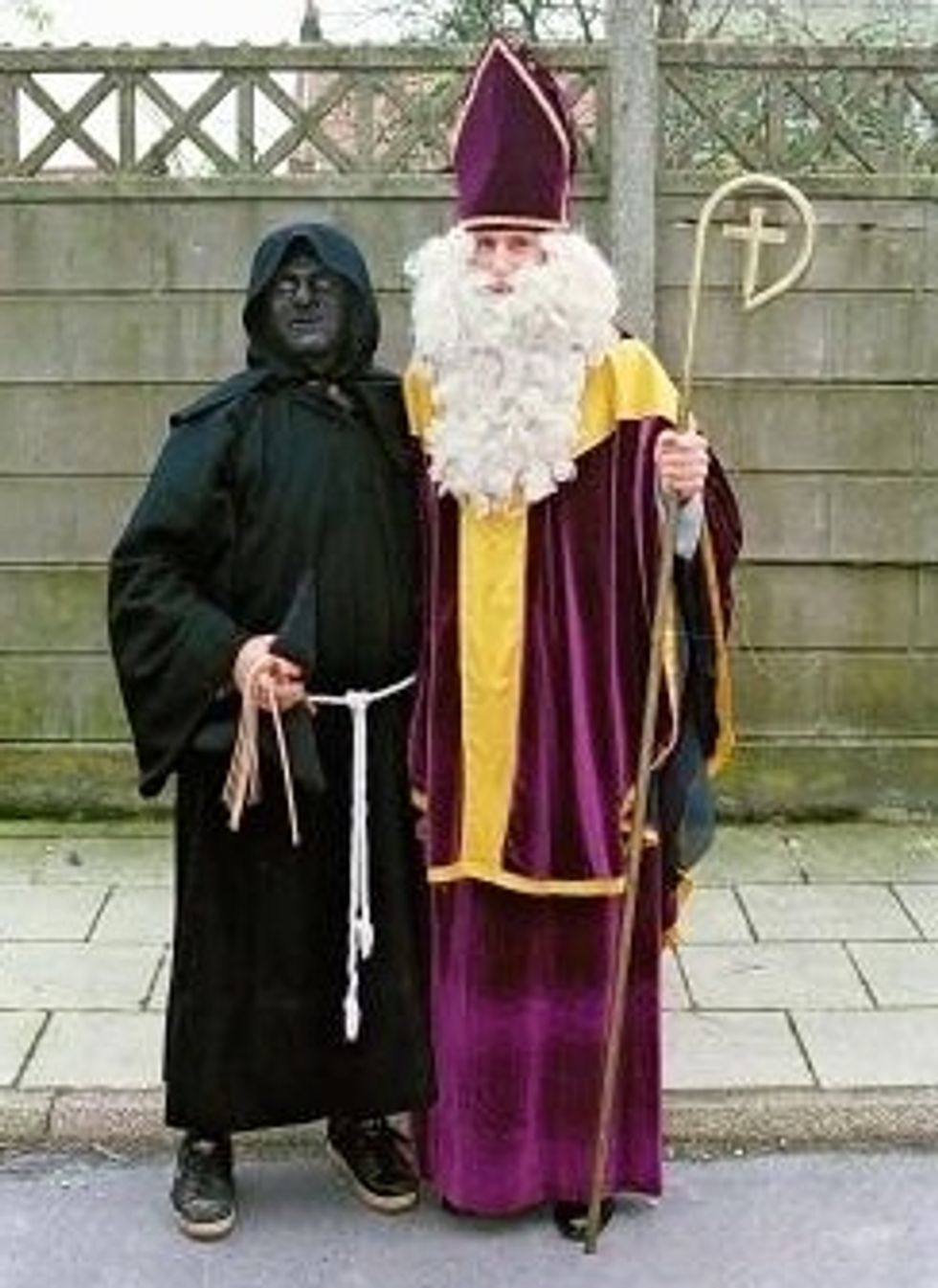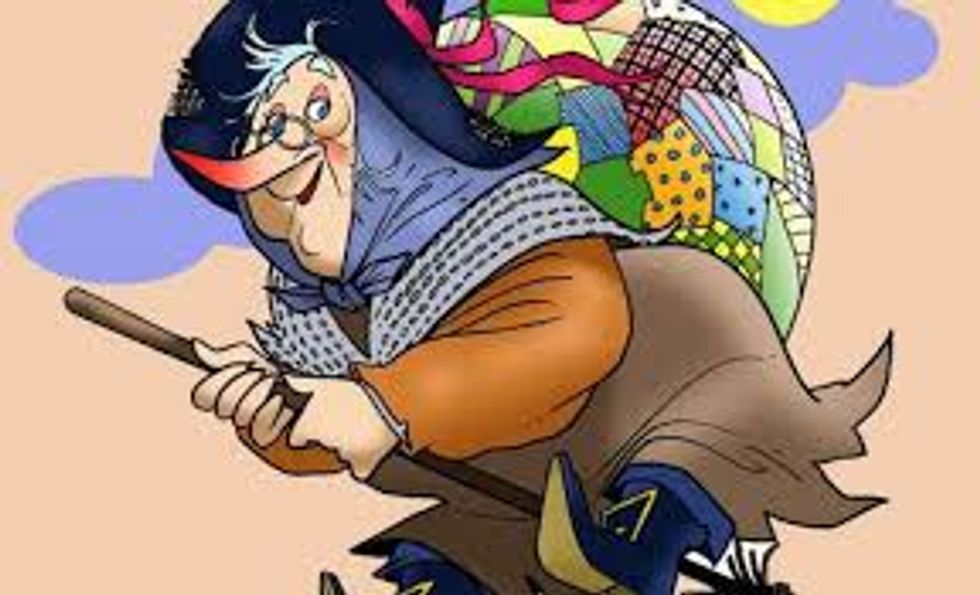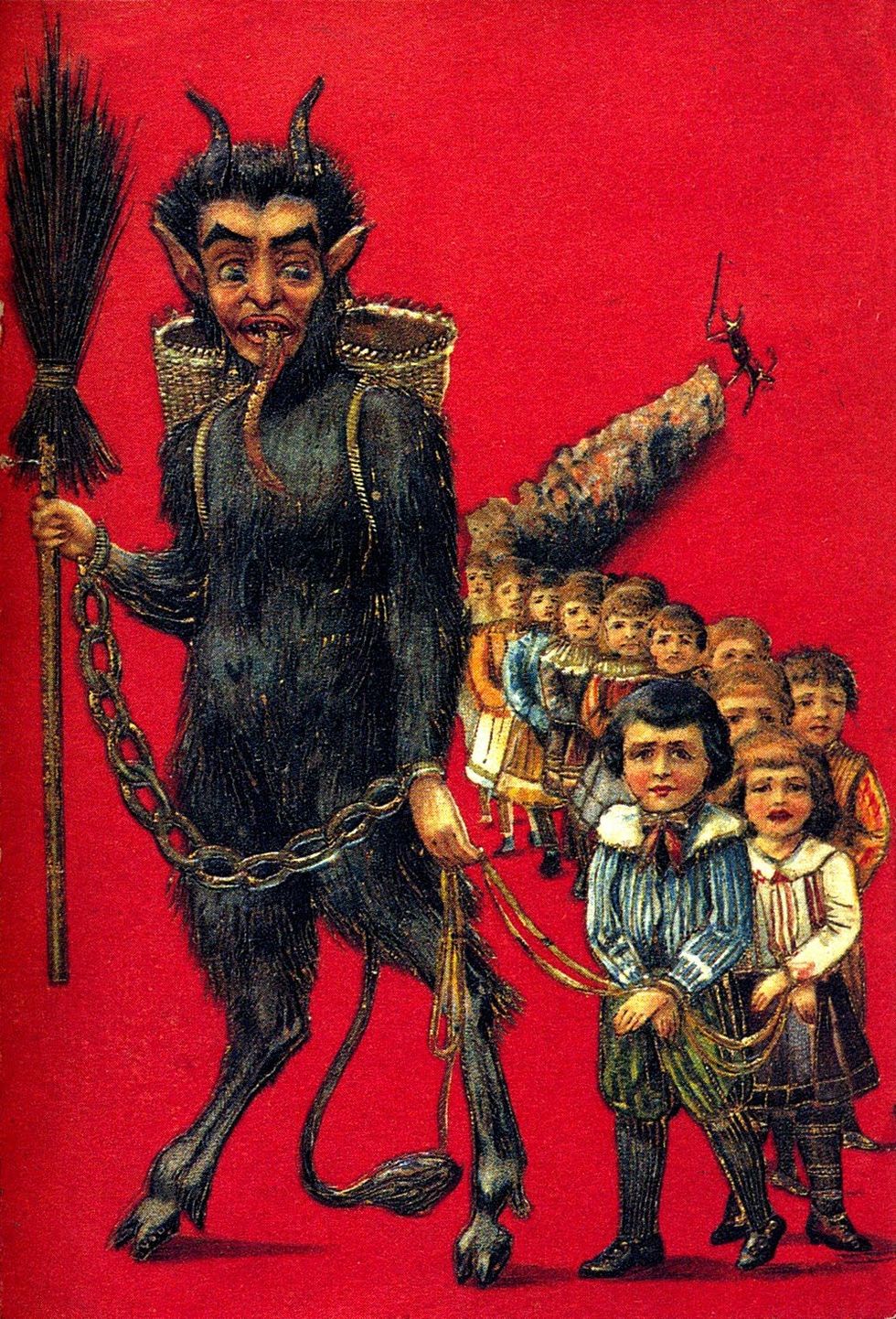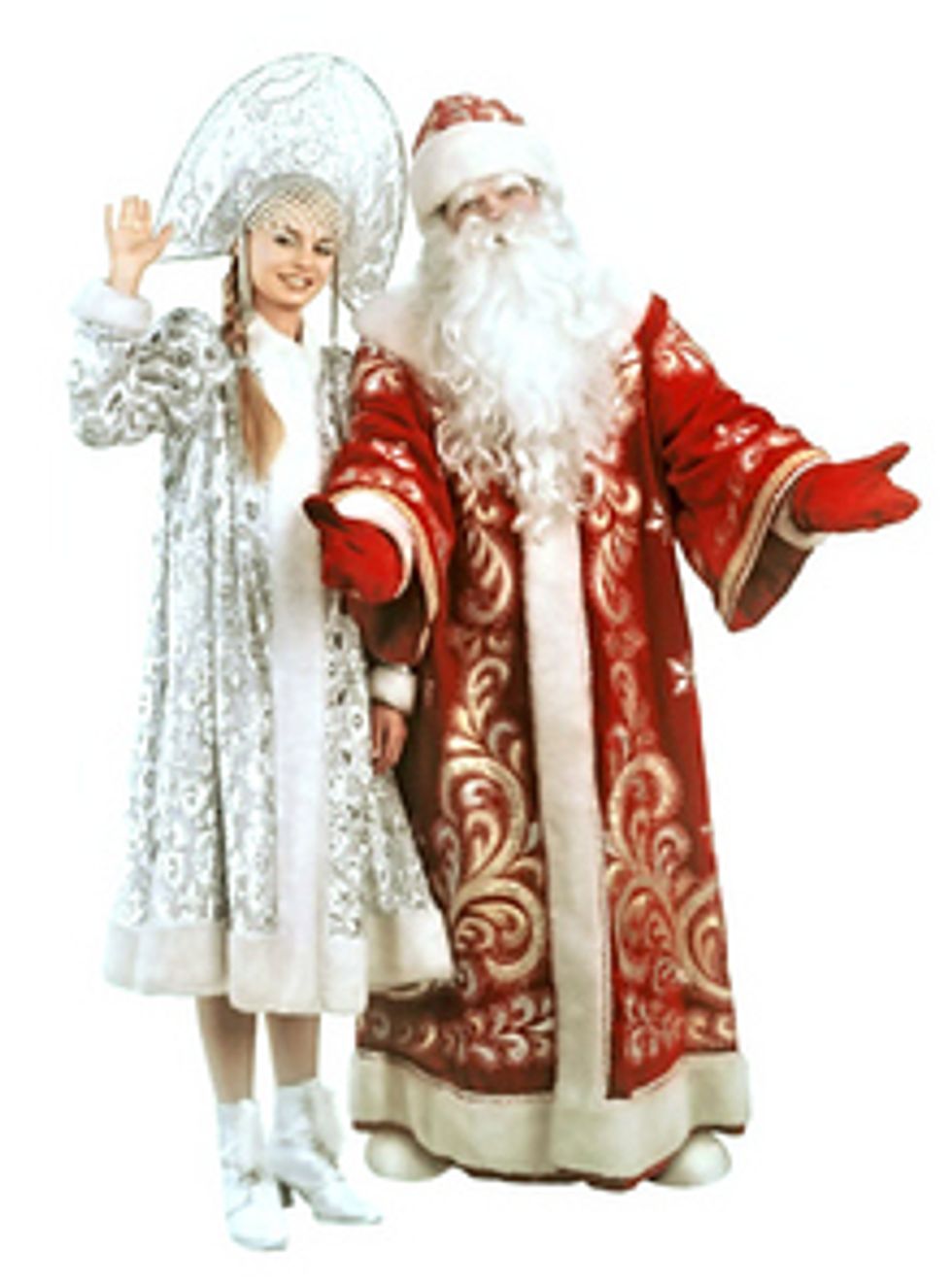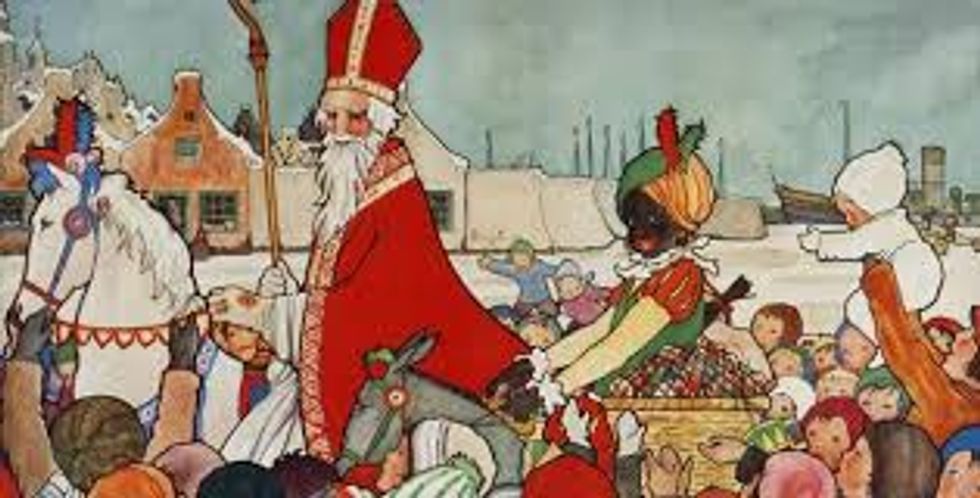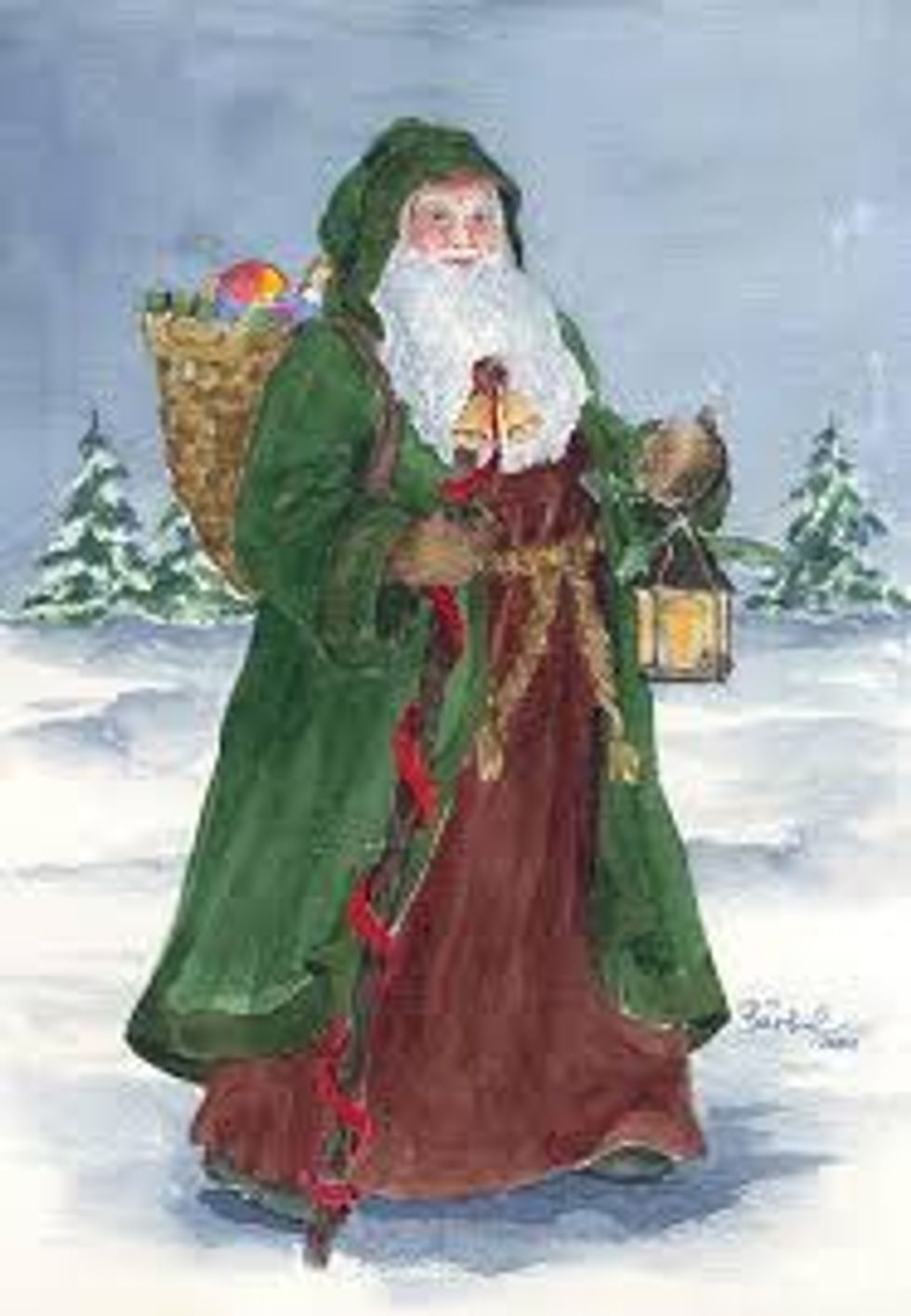Since Christmas is right around the corner, it is only suiting to dedicate this article to the beloved Holiday Season. It is no surprise, as children, we believed in the mystical and magical creature referred to as Santa. We all awaited his arrival with homemade cookies and milk as we tried to act our best so that we could receive the wonderful gifts that he would bring on Christmas Eve. The belief of this man was instilled by our parents and reinforced by their love of the season. In America we believe wholeheartedly in the traditions involved with Santa Claus, so what other legends are there around the world?
The Yule Lads:
Iceland has the legend of the Yule Lads. The Yule Lads are thirteen mischievous, little creatures who have replaced Santa Claus. These creatures first appeared when a writer from Iceland wrote a short poem describing their role in the Christmas season back in the early 1930s. These creatures have become known for their playful nature, and each of the thirteen creatures is known for each playing a different trick. Although the Yule Lads play a lot of pranks, they also give gifts to children, while being accompanied by the Yuletide Cat that is thought to be an angry cat because it eats the bad little children. The Yule Lads bring small gifts to well-behaved children and place the gifts in their shoes during the thirteen days leading up to Christmas Eve, while the naughty children receive potatoes.
Tomte: In various Scandinavian locations they have the legend of the Tomte. In the early years, the Tomtes were said to be short, gnomish characters who watched over families farms. These characters were seen as kind and thoughtful because they generally looked out for people, but they were not very nice to people who did not demonstrate good stewardship over their farmland. Overtime, their appearance changed to more human-like features, and they started to take on a role similar to that of Santa Claus. These characters, although similar to Santa, also differ in a lot of ways. The Tomtes ride in a sleigh that doesn't fly, live in the woods by children's homes, and aren't fat with rosy cheeks. The Tomtes also do not sneak into people's houses to bring the gifts, instead, a parent dresses like a Tomte and brings the gifts to the child in person.
Christkind: Christkind is the holiday legend in parts of Germany, Brazil, Italy, and Austria. This legend is the
gift-giver associated with different parts of the world where the religion of
Christianity dominates. This character
was popularized by Martin Luther in the 1500’s, hoping that a more religion
based holiday character would dismiss the influence of Saint Nicholas. The Christkind was supposed to represent the
baby Jesus; he was viewed as a saintly and small child with the wings of an
angel. Unlike other
Christmas legends, the Christkind has never been seen, instead, gifts are
exchanged to honor the spirit of the Magi, while bringing gifts to the baby
Jesus.
Belsnickel: Belsnickel is the legend in Germany, Argentina, Pennsylvania Dutch, and Austria. This legend is said to accompany Santa Claus in certain European regions. This character is the main disciplinarian of Santa’s entourage and is viewed as a type of mountain man with a long tongue and fur covering his body and is generally feared, which, in turn, makes the children behave. Although he is feared, he is also known to give some gifts. In some areas he gives children candy, and in others he gives small gifts. There are variations among countries.
Pere Noel and La Pere Fouettard: Pere Noel and La Pere Fouettard are the legends of France. Pere Noel closely resembles Santa Claus, while La Pere Fouettard is seen as a feared figure in order to make the children behave. La Pere Fouettard became a servant to Pere Noel after Pere Noel brought three men back to life after La Pere Fouettard had murdered and tortured them. Instead of being transported by a bunch of reindeer, this duo is instead lead by a donkey called Gui. A celebration takes place on December 5th, when Pere Noel places small gifts in the children’s shoes lined up by the fireplace, while La Pere Fouettard carries rusty chains and doles out floggings to naughty children.
La Befana: La Befana is the legend of Italy. The most popular description of La Befana describes her as a kind, witch-like woman who gave shelter and food to three wise men while they were on their way to visit the baby Jesus. Her appearance is much different than the traditional Christmas legend. She is seen as an old hag who carries a bag of gifts, typically wears black, and does not like to be seen. Any child that spies on her is whacked with her broomstick. This is a clever way to keep the children in bed while the parents arrange the gifts at night. In order to deliver the gifts to the children, she climbs down the chimney at night and will leave the gifts for the well behaved children and ash or coal for the naughty children. On her way out of the house, she is known to sweep the floor around the chimney.
Krampus: In Germany, Hungary, and Austria, Krampus is the traditional holiday legend. Santa Claus is the traditional jolly gift-giver accompanied by a bloodthirsty monster named Krampus. Krampus dishes out medieval punishments to the naughty children. The legend of Krampus started hundreds of years ago, but the church tried to stamp out a majority of its influence in the 1800’s. Today, the creature still plays a minor part in the holiday traditions. December 5th, known as Krampus Day, is dedicated to his memory. On this day people dress up as the creature and parade through the streets of the city, scaring people. Although gifts aren’t Krampus’s style, he does give out beatings or stern warnings to naughty children.
Ded Moroz and the Snow Maiden: In Serbia, Russia, Ukraine, Poland, Macedonia, Bosnia, and other former Soviet Republics, Ded Moroz and the Snow Maiden are the traditional holiday legends. Ded Moroz is the traditional gift-giver who wears a flowing red suit and has a thick white beard. He drives a troika, which is a traditional Russian horse drawn sleigh. Ded Moroz was once an evil sorcerer who would kidnap children and demand ransom in the form of presents. Over the years he has changed to give gifts to children in order to make up for his once wicked ways. The Snow Maiden is Ded Moroz’s granddaughter who accompanies him on his trips. Ded Moroz usually arrives on New Year’s Eve or New Year’s Day and brings gifts to children, placing them under the New Year’s Tree.
Sinterklaas and Black Peter: In Flanders and the Netherlands, Sinterklaas and Black Peter are the legends. Sinterklaas is the Dutch version of the modern American Santa Claus; he too has a long white beard, traditional red costume, and jolly attitude. Instead of coming in late December, he comes on December 5th to hand out the gifts. He is thought to arrive from Spain to the Netherlands and Flanders by steamboat in order to greet all of the Dutch children. Black Peter acts like an elf and helps Sinterklaas hand out gifts to the Dutch children. In preparation for the arrival of Sinterklaas, the children place their shoes along the fireplace along with carrots for Sinterklaas’s horse. If the children have been good they will receive candy and small presents in their shoes, if they are naughty they will receive bags of salt or coal, and Black Peter would kidnap the worst children and take them back to Spain with him and Sinterklaas.
Father Christmas: In the United Kingdom, Spain, Italy, and Portugal Father Christmas is the local legend. This legend has the largest influence in the creation of the modern Santa and is still the primary gift giver in many countries. In the early years of Father Christmas, he was not necessarily seen as a gift-giver, but rather a man who embodied the spirit of good tidings. The characterization of Father Christmas was made popular by Charles Dickens in his book “A Christmas Carol.” Father Christmas differs slightly from Santa by means of his appearance, location, and gift giving methods depending on the country.

